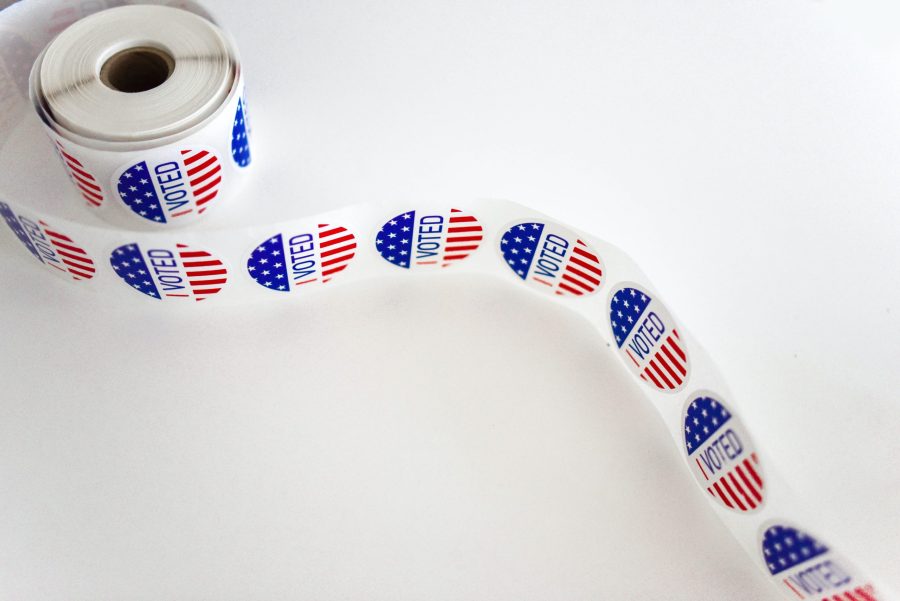Investigating the dilemnas posed to journalism ethics by news articles which are sponsored by corporations for the biased purposes of advertisements.
As written press slowly transitions to the web, online advertising has evolved from the very inefficient marketing banners to more elaborate native advertisement. The pop-up banners were annoying and frustrating for readers, who also never really clicked on them (only about .17 percent of the time based on a Google study). Big companies found another way to manipulate people and get their advertising through: native advertisement, or, the death of journalistic ethics.
Native advertisement is invading an online press that remains a main source of news information, particularly for young people. It is now present on many different news sites: CNN, Fox, New York Times and especially Buzzfeed (a popular website that is actually 100-percent funded by this native advertisement). The secret to this success, especially in more “classy” publications, like the New York Times, is to disguise commercial articles into real news articles.
Sponsored articles first became a widespread phenomenon when most of the popular publications recognized the importance of an online presence. With that in mind, teams focused on online advertising were formed and ultimately drifted toward native advertisement as the best possible revenue solution for online content. In the late 2000s, websites like Buzzfeed appeared, with what was considered lighter content, prone to native advertisement. Buzzfeed CEO in an interview on Bloomberg West TV even said that “we have a lot of partners who are marketers and over 76 of the top-100 brands now”.
However, the spread of this kind of content on websites that are very popular to a more credulous youth causes several issues. The success of native advertisement revolves around manipulating audiences into reading advertisements as news articles. The brand placement and the obvious bias of these “articles” makes for more distrust of the media than we already have. The Time Inc’s CEO states that “as long as the consumer knows the difference between what’s editorial and what’s native advertisement, I don’t see any problem with it at all.”
But there is a problem. Native advertisement’s success is based on it being indistinguishable, and as a study by the Interactive Advertising Bureau has shown, over half the time, readers cannot tell the difference. And the content is proliferating. A recent report by FaR states that “83 percent of U.K. agencies say they are including native advertising in their media plans for the year ahead.” An article on the website Relevance affirms that native advertisement spending, “currently pegged at $3.2 billion, [is] on pace to top $10 billion before 2020.”
People do not necessarily feel threatened by the profusion of native advertisement articles they face every day, but this takes us away from the original problem. As long as native advertisement exists, there will always be a part of us that fears the articles we are reading are only aimed at bolstering the specific brand product that is being advertised. How can we trust a study on changes in energy sources if it is sponsored by an oil or natural gas company? That is what Chevron recently did when they sponsored a piece called “How our energy needs are changing” in the New York Times that blatantly supported their interests. The same goes for the validity and truthfulness of a potential international politics article sponsored by an arms-dealing company. And the list goes on.
Perhaps the sad reality is that, without native advertisement, we cannot expect the press to survive. For printed press, especially, revenue comes from subscriptions and advertisements. As the press goes online, the subscriptions have stopped, so you cannot blame them for trying to financially survive with new ways of advertising. There is no easy way out of this. To get the full benefit of native advertisement, newspapers need to continue to hide the origins of these articles. In doing so, they disrespect basic ethics of journalism for providing people with an objective representation of different issues. Independent journalism is both threatened and dependent on native advertisements. However, in the long run, the continued deception by these “news articles” will drive people away from the press.











